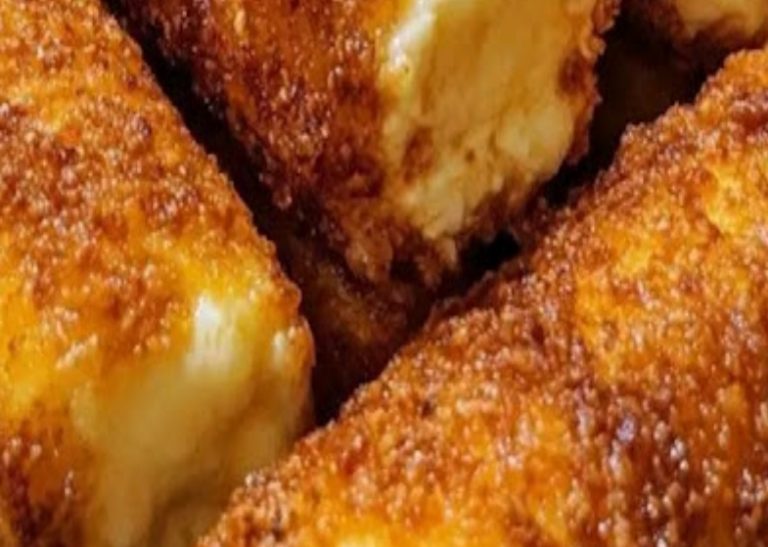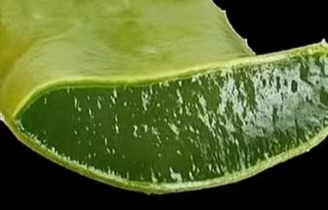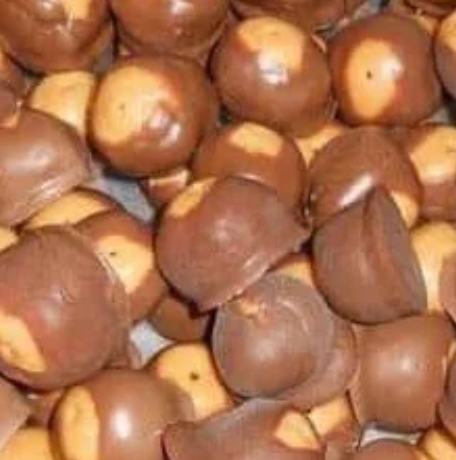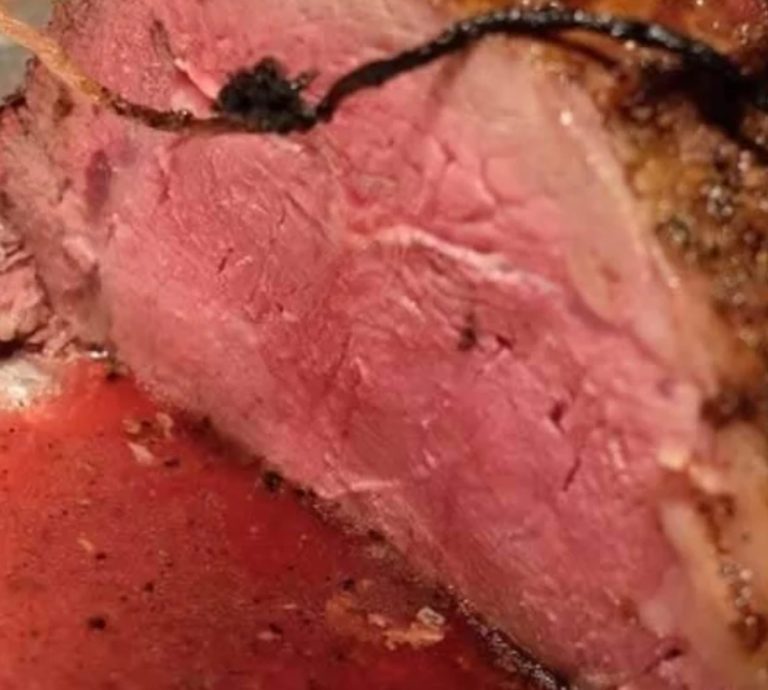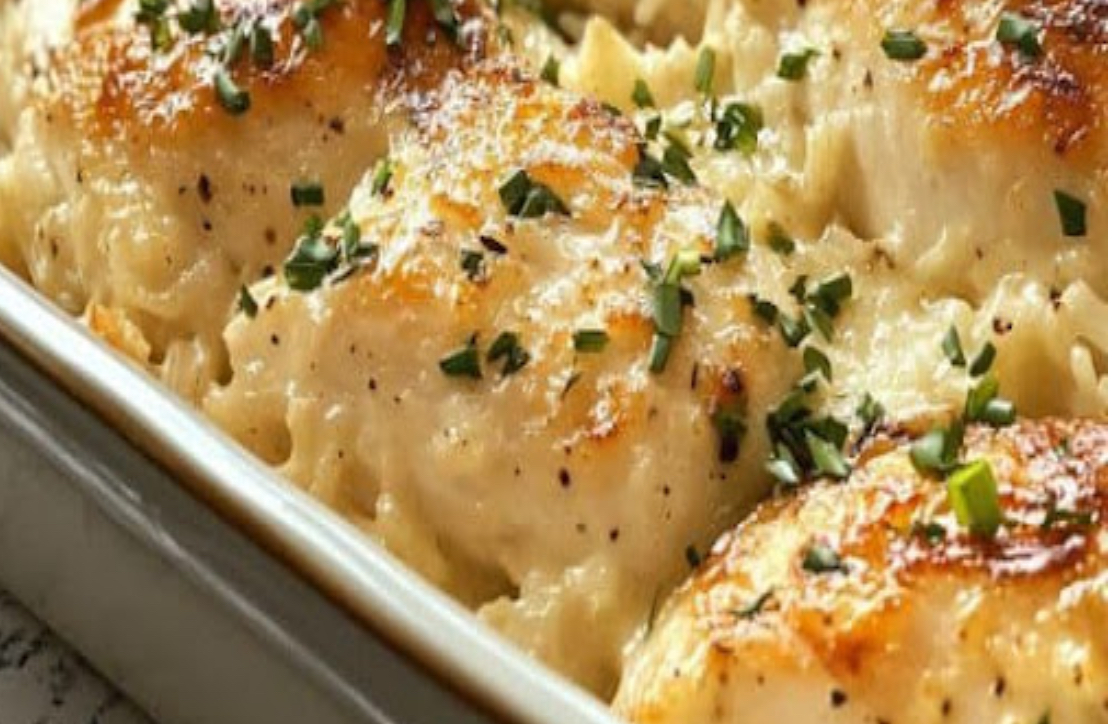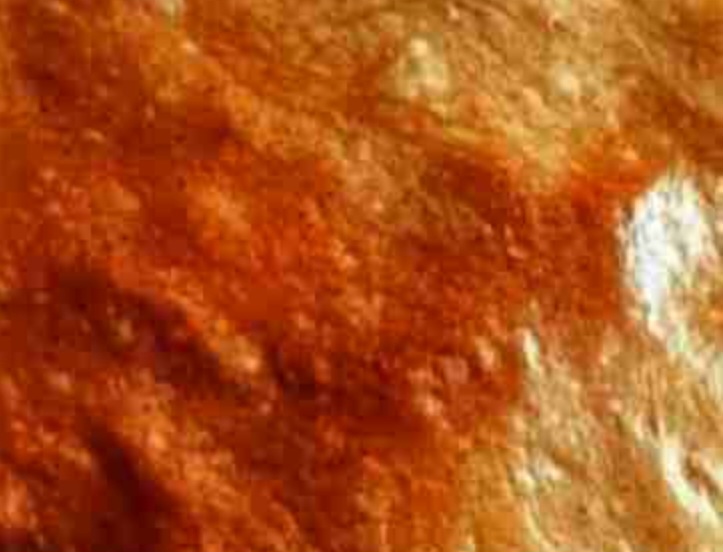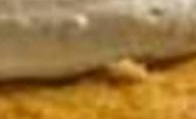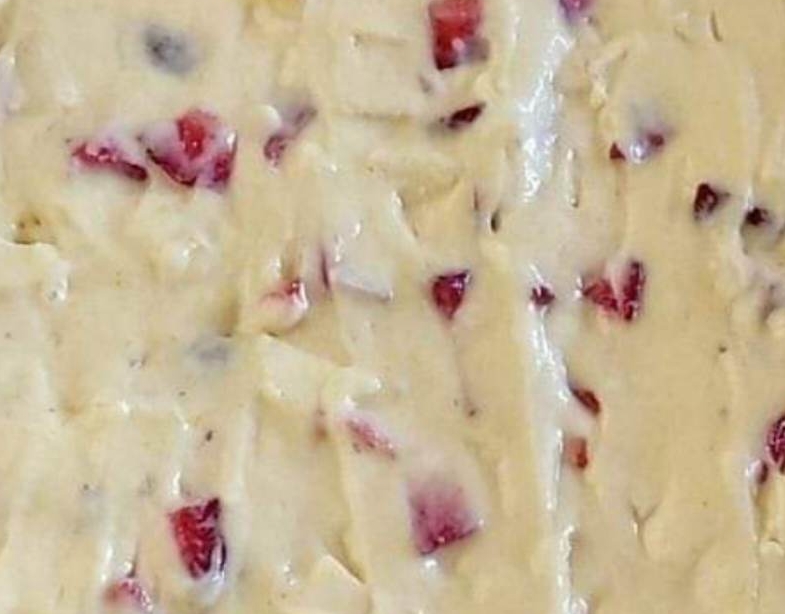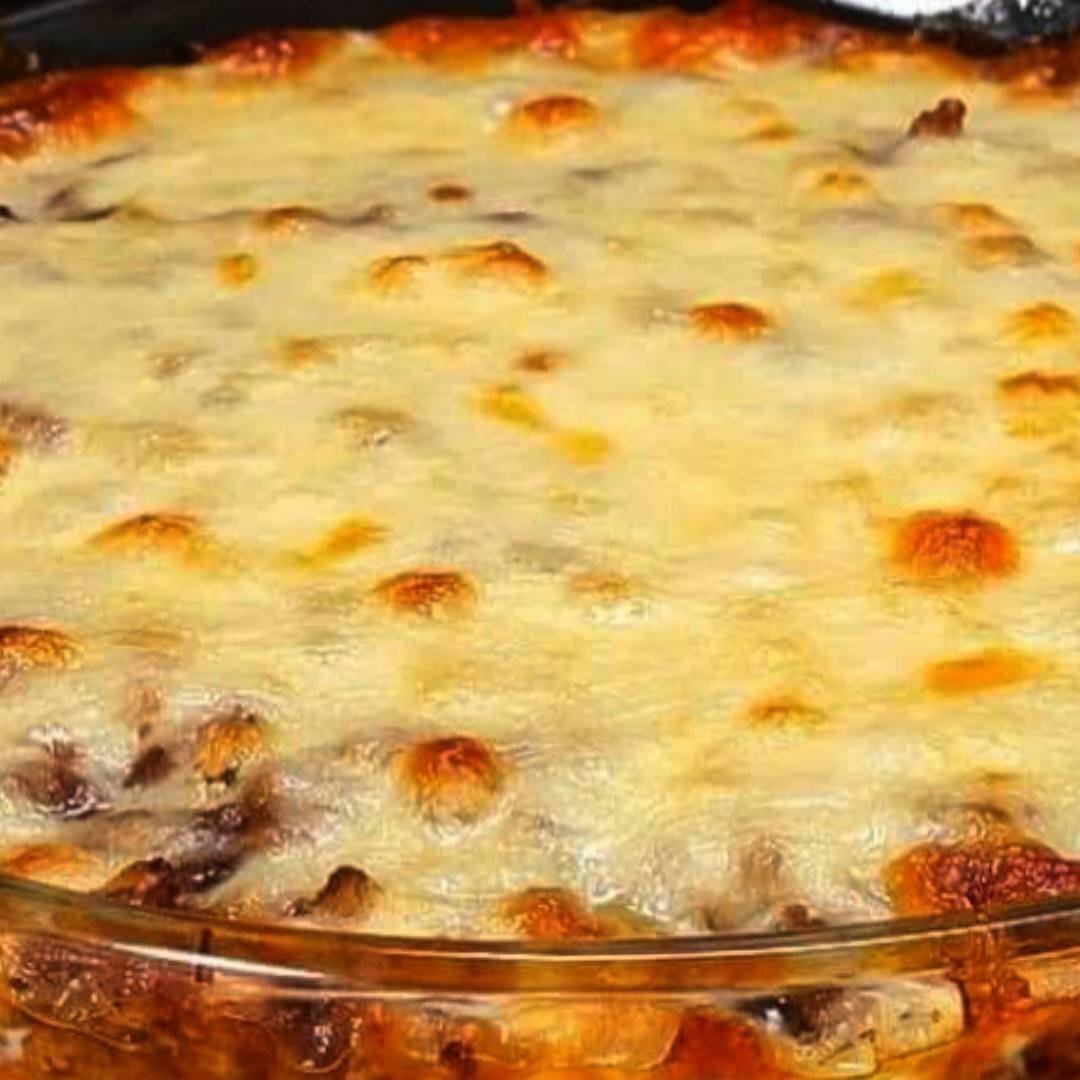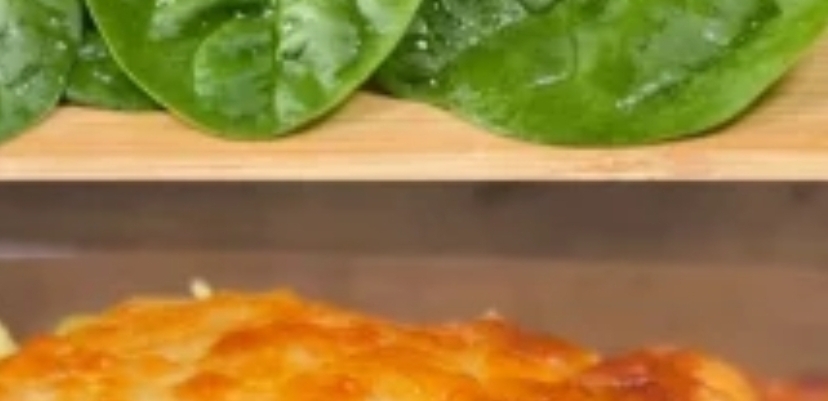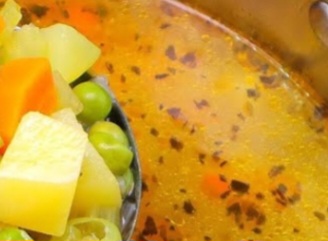The Real Reason You Shouldn’t Boil Corn on the Cob
Corn on the cob is a staple at many barbecues and family dinners, often boiled for convenience. However, there are…
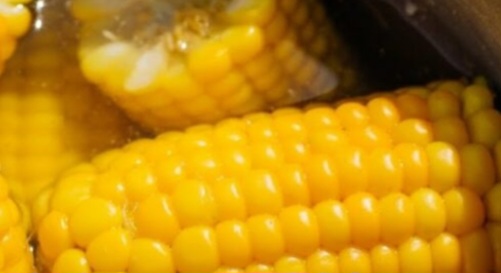
Corn on the cob is a staple at many barbecues and family dinners, often boiled for convenience. However, there are compelling reasons to reconsider this common cooking method. Here’s why you might want to skip boiling corn on the cob and try alternative methods that can enhance its flavor, texture, and nutritional value.
Nutrient Loss
Boiling corn can lead to significant nutrient loss. Water-soluble nutrients, particularly B vitamins and certain minerals, can leach into the boiling water. When you discard the water, you also discard many of these beneficial nutrients. Methods like steaming or grilling, in contrast, better preserve corn’s vitamins and minerals.
Texture and Flavor
Boiling can also affect the texture and flavor of corn. It often results in a softer, sometimes mushy texture that might not appeal to everyone. Moreover, some of the natural sweetness of corn dissipates into the boiling water, leading to a less flavorful eating experience. Alternative cooking methods like grilling or roasting can caramelize the natural sugars in corn, enhancing its sweetness and adding a delightful smoky flavor.
Energy Efficiency
Boiling corn can be less energy-efficient compared to other methods. It typically requires a large pot of water, which takes time to come to a boil and uses more energy. Cooking methods like microwaving use less energy and can cook corn on the cob quickly and efficiently.
Alternative Cooking Methods
Here are a few alternative methods to try that can enhance the taste and preserve the nutrients in your corn on the cob:
- Grilling: Grilling corn on the cob adds a smoky flavor that boiling simply can’t match. Brush the corn with a little olive oil, season with salt and pepper, and grill over medium heat until charred and tender, turning occasionally.
- Roasting: Roast corn in the oven to deepen its flavors without losing texture. Preheat your oven to 400°F (200°C), husk the corn, coat with a light brushing of oil, and roast directly on the rack for about 30 minutes, turning halfway through.
- Steaming: If you prefer a cooking method that’s closer to boiling but want to retain more nutrients, try steaming. Place corn in a steamer basket over boiling water, cover, and steam for about 7-10 minutes.
- Microwaving: For a quick and easy option, microwave your corn on the cob. Wrap husked corn in a damp paper towel and microwave on high for about 3-5 minutes, depending on the number of ears.
Conclusion
While boiling corn on the cob is undeniably convenient, it’s not the best method if you’re looking to maximize flavor and nutritional value. Trying out alternative cooking methods like grilling, roasting, steaming, or microwaving can transform your corn-eating experience, making each bite as nutritious and delicious as possible.
What's Your Reaction?







